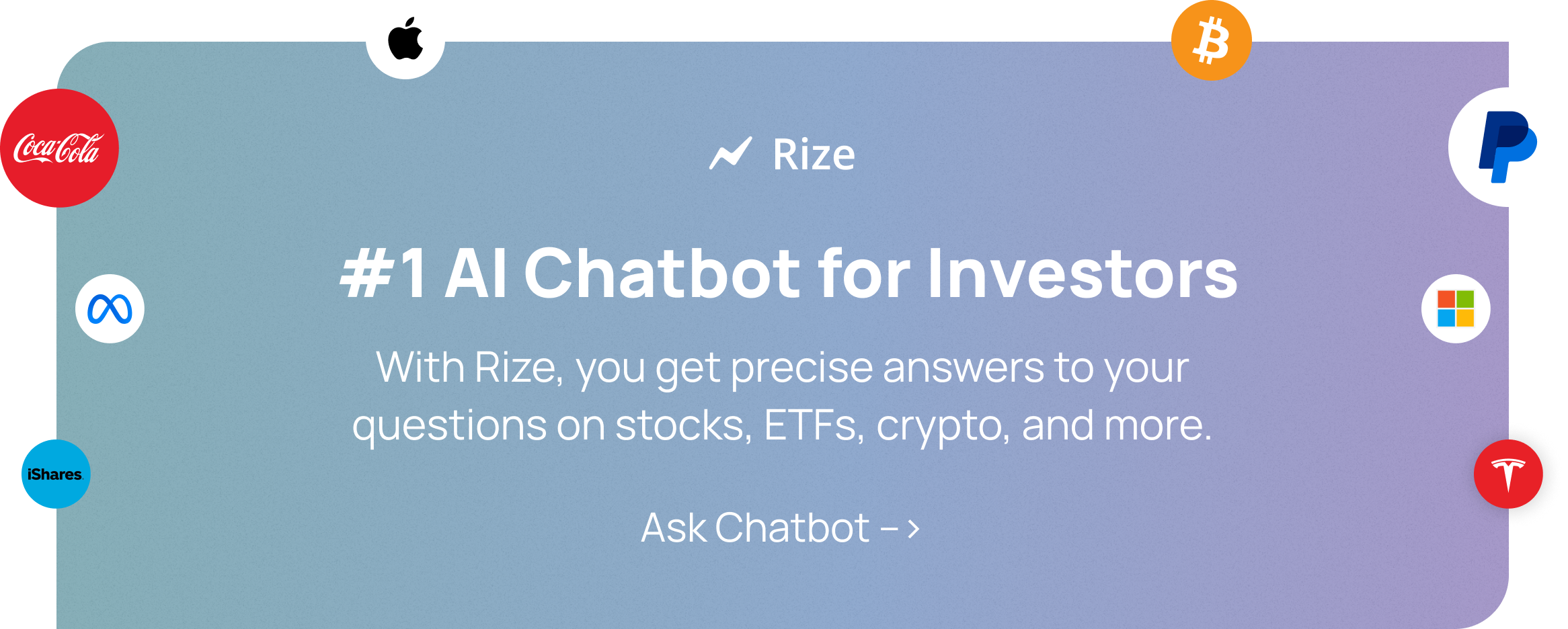Intel CEO: Who is the CEO of Intel?
New Leadership at Intel
Intel Corporation, a global leader in semiconductor technology, has recently undergone a significant leadership transition. Following the departure of former CEO Pat Gelsinger in December 2024, Intel appointed David Zinsner and Michelle Johnston Holthaus as interim co-CEOs. This marks a pivotal moment for the company as it seeks a permanent leader to steer Intel through its challenges and capitalize on future opportunities.

Pat Gelsinger, who rejoined Intel as CEO in 2021, faced mounting pressures due to financial struggles, competitive pressures, and execution challenges. His tenure was marked by ambitious initiatives such as the IDM 2.0 strategy and significant investments in U.S. manufacturing facilities like the Ohio megafab. However, Intel experienced a sharp revenue decline, a reported $16.6 billion loss, and a stock price drop of approximately 60% during his time as CEO (NY Post).
Industry analysts cited delays in advanced chip technologies and intensified competition from AMD and Nvidia as critical factors leading to Intel’s struggles. Despite his efforts, Intel faced difficulties in executing its manufacturing goals and maintaining its competitive edge (Reuters). These challenges ultimately led to the board’s decision to transition to new leadership.
David Zinsner and Michelle Johnston Holthaus bring complementary expertise to the interim leadership. Zinsner, as Executive Vice President and CFO, offers a strong financial acumen, while Holthaus, as General Manager of the Client Computing Group, provides deep insights into Intel’s product lines and customer relationships. Together, they are guiding Intel through this transitional phase as the board actively seeks a permanent CEO to lead the company into its next phase (Hunt Scanlon).

Company Overview: Intel’s Market Position and Strategy
- Company: Intel Corporation
- Founded: 1968
- Headquarters: Santa Clara, California, USA
- Current Leadership: David Zinsner and Michelle Johnston Holthaus (interim co-CEOs since December 2024)
Intel is renowned for its innovative processors and pivotal role in the technology sector. The interim leadership team inherits a company poised for transformation, with a focus on manufacturing excellence, technological leadership, and strategic partnerships to address competitive pressures from companies like AMD, TSMC, and Samsung.
Pat Gelsinger’s Tenure: Achievements and Challenges
Achievements CEO of Intel:
- IDM 2.0 Strategy: Gelsinger introduced the IDM 2.0 initiative to expand Intel’s integrated device manufacturing capabilities, balancing in-house production with third-party partnerships.
- Advanced Process Technology: His timeline for five new nodes within four years included innovations like PowerVia and RibbonFET transistor designs.
- U.S. Manufacturing Investments: Intel announced the Ohio megafab and other facilities to strengthen U.S. semiconductor production.
Challenges CEO of Intel:
- Financial Struggles: Intel’s revenue suffered significantly, leading to a $16.6 billion loss and a stock price drop of approximately 60% during Gelsinger’s tenure.
- Competitive Pressures: Companies like AMD and Nvidia outpaced Intel in key markets, particularly in AI and advanced process nodes.
- Execution Delays: Despite ambitious goals, delays in product rollouts and manufacturing impacted Intel’s competitive standing.

Interim Leadership Intel: David Zinsner and Michelle Johnston Holthaus
David Zinsner CEO Intel
As Intel’s Executive Vice President and Chief Financial Officer, Zinsner brings a strong financial acumen to the interim leadership role. He is tasked with stabilizing Intel’s financial performance and ensuring fiscal discipline during this transitional period.
Michelle Johnston Holthaus CEO Intel
Holthaus, Executive Vice President and General Manager of the Client Computing Group, has deep expertise in Intel’s product lines and customer relationships. Her leadership focuses on maintaining Intel’s core business strengths while supporting innovation.
The Search for a New Intel CEO
Intel’s board is actively seeking a permanent CEO to lead the company into its next phase. Potential candidates include:
- Lip-Bu Tan: Former CEO of Cadence Design Systems and an experienced semiconductor industry leader.
- Matt Murphy: CEO of Marvell Technology, known for his expertise in semiconductors and strategic leadership.
The board’s priority is to find a leader capable of addressing Intel’s challenges, driving technological innovation, and ensuring long-term growth.
Challenges and Opportunities for Intel’s Future
Challenges:
- Intense Industry Competition:
- Intel must regain ground against AMD, Nvidia, and TSMC, which have gained market share.
- Global Chip Shortages:
- Supply chain constraints require robust mitigation strategies.
- Technological Catch-Up:
- Delivering advanced nodes quickly is crucial to maintaining relevance.
Opportunities:
- Government Support:
- U.S. policies favor domestic semiconductor production, creating growth opportunities.
- AI Integration:
- Leveraging Intel’s infrastructure to dominate the AI and edge computing markets.
- Foundry Services Expansion:
- Offering foundry services to external clients diversifies revenue streams and reduces reliance on competitors.

Future Outlook for Intel CEO
Intel’s interim leadership, supported by a future permanent CEO, aims to:
- Drive Technological Leadership:
- Through sustained R&D investments, Intel seeks to deliver cutting-edge semiconductor solutions.
- Ensure Sustainable Growth:
- Commitment to environmentally friendly practices and global manufacturing resilience.
- Integrate AI Across Platforms:
- Pioneering AI capabilities in all Intel products to meet evolving market demands.
Conclusion: Who is the Intel CEO?
Intel’s leadership transition marks a critical juncture for the company. The interim co-CEOs, David Zinsner and Michelle Johnston Holthaus, are guiding Intel through this phase while the board identifies a permanent leader. With a focus on innovation, sustainability, and competitiveness, Intel is positioning itself to overcome challenges and seize opportunities in the rapidly evolving semiconductor landscape.





